When it comes to choosing materials for your business, selecting the right fabric plays a significant role in the success of your brand. Linen and fabric are two popular choices that offer unique characteristics and benefits. In this article, we will explore the differences between linen and fabric and help you make an informed decision for your business needs. 1. Linen: Timeless Elegance and Durability: Linen, derived from the flax plant, is a natural fabric known for its elegance, durability, and versatility. Its breathable and moisture-wicking properties make it a popular choice for garments, particularly in warmer climates. Linen exudes a luxurious and sophisticated appeal, making it ideal for upscale brands.
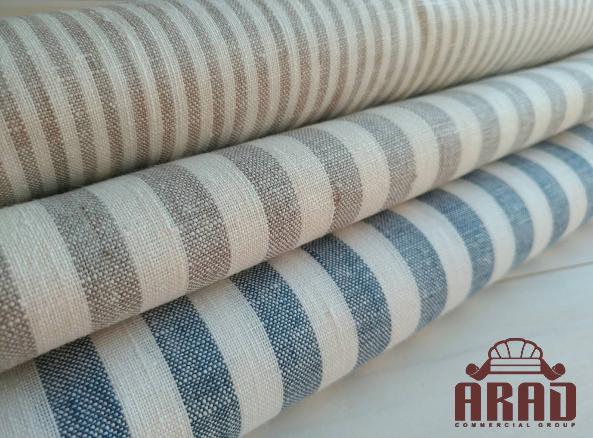
.
 Advantages of Linen: a. Durability: Linen is one of the strongest natural fibers, ensuring your garments will withstand frequent use and washing without losing their quality. b. Breathability: Linen’s natural fibers allow air to circulate, making it suitable for clothing, especially in hot weather. c. Natural Cooling: Linen has the ability to absorb moisture, keeping the body cool and dry. d. Eco-Friendly: Flax, the plant from which linen is derived, requires fewer pesticides and water compared to other textile crops, making linen a sustainable choice. 2. Fabric: Versatility and Variety: Fabric refers to a wide range of materials made from synthetic or natural fibers, including cotton, silk, polyester, and more. Fabrics can be woven, knitted, or blended to create different textures, weights, and finishes, making them highly versatile for businesses across industries. Advantages of Fabric: a. Variety: With countless fabric options available, you can choose materials that match your business requirements, whether it’s durability, comfort, or aesthetics.
Advantages of Linen: a. Durability: Linen is one of the strongest natural fibers, ensuring your garments will withstand frequent use and washing without losing their quality. b. Breathability: Linen’s natural fibers allow air to circulate, making it suitable for clothing, especially in hot weather. c. Natural Cooling: Linen has the ability to absorb moisture, keeping the body cool and dry. d. Eco-Friendly: Flax, the plant from which linen is derived, requires fewer pesticides and water compared to other textile crops, making linen a sustainable choice. 2. Fabric: Versatility and Variety: Fabric refers to a wide range of materials made from synthetic or natural fibers, including cotton, silk, polyester, and more. Fabrics can be woven, knitted, or blended to create different textures, weights, and finishes, making them highly versatile for businesses across industries. Advantages of Fabric: a. Variety: With countless fabric options available, you can choose materials that match your business requirements, whether it’s durability, comfort, or aesthetics.
..
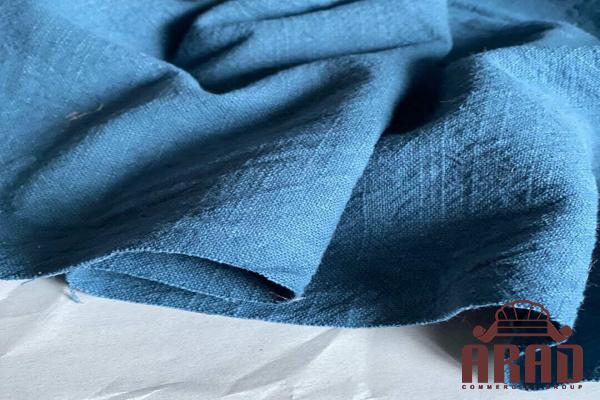 b. Cost-effective: Fabrics made from synthetic fibers offer a more affordable option, perfect for businesses operating on tight budgets. c. Customizability: Fabrics can be easily dyed, printed, and embroidered, allowing businesses to personalize their products to align with their brand’s image. d. Range of Applications: Fabrics find applications in various industries, including apparel, fashion accessories, upholstery, and home decor. 3. Making the Right Choice for Your Business: Choosing between linen and fabric depends on your business’s specific needs, budget, and target market. Consider the following factors when making your decision: a. Business Branding: Determine whether your brand’s image aligns better with the natural elegance of linen or the versatility of fabric.
b. Cost-effective: Fabrics made from synthetic fibers offer a more affordable option, perfect for businesses operating on tight budgets. c. Customizability: Fabrics can be easily dyed, printed, and embroidered, allowing businesses to personalize their products to align with their brand’s image. d. Range of Applications: Fabrics find applications in various industries, including apparel, fashion accessories, upholstery, and home decor. 3. Making the Right Choice for Your Business: Choosing between linen and fabric depends on your business’s specific needs, budget, and target market. Consider the following factors when making your decision: a. Business Branding: Determine whether your brand’s image aligns better with the natural elegance of linen or the versatility of fabric.
…
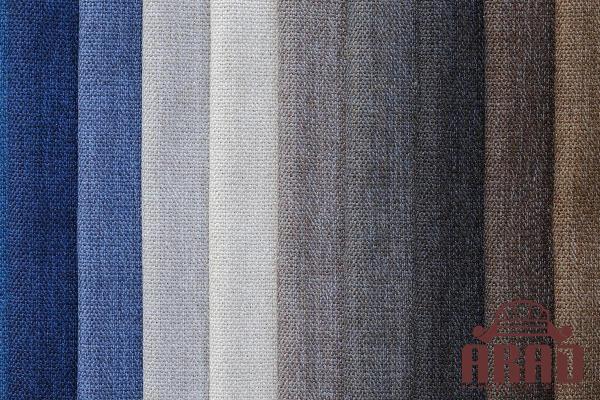 b. Climate and Usage: Evaluate whether the breathability and durability of linen or the customization options of fabric are better suited for your products or services. c. Eco-consciousness: If sustainability is important to your business, linen’s organic characteristics make it an eco-friendly choice. d. Cost Considerations: Linen tends to be more expensive than most fabrics, so evaluate your budget and pricing strategy to ensure it aligns with your overall business model. Conclusion: Choosing between linen and fabric for your business involves understanding the unique characteristics and advantages each material offers. While linen exudes timeless elegance and durability, fabric provides versatility and variety. By considering your business branding, climate, usage, eco-consciousness, and cost considerations, you’ll be able to make an informed decision that resonates with your target market and supports the success of your business ventures.
b. Climate and Usage: Evaluate whether the breathability and durability of linen or the customization options of fabric are better suited for your products or services. c. Eco-consciousness: If sustainability is important to your business, linen’s organic characteristics make it an eco-friendly choice. d. Cost Considerations: Linen tends to be more expensive than most fabrics, so evaluate your budget and pricing strategy to ensure it aligns with your overall business model. Conclusion: Choosing between linen and fabric for your business involves understanding the unique characteristics and advantages each material offers. While linen exudes timeless elegance and durability, fabric provides versatility and variety. By considering your business branding, climate, usage, eco-consciousness, and cost considerations, you’ll be able to make an informed decision that resonates with your target market and supports the success of your business ventures.

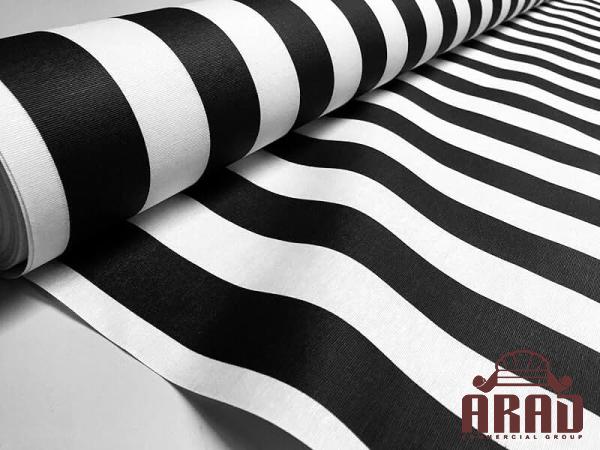
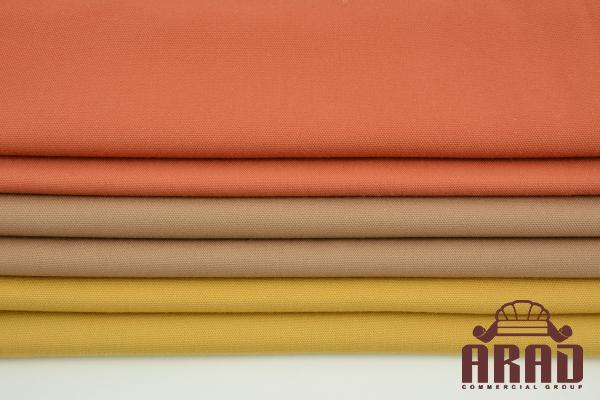
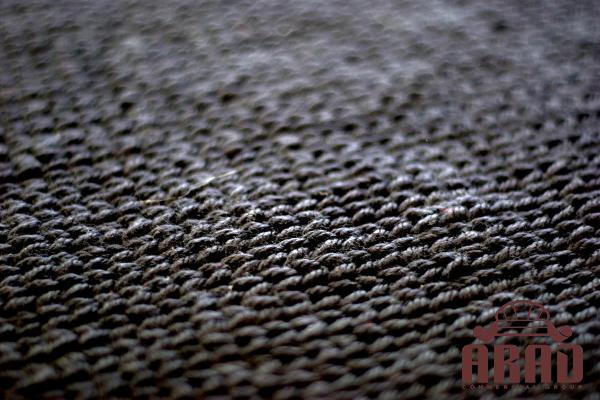
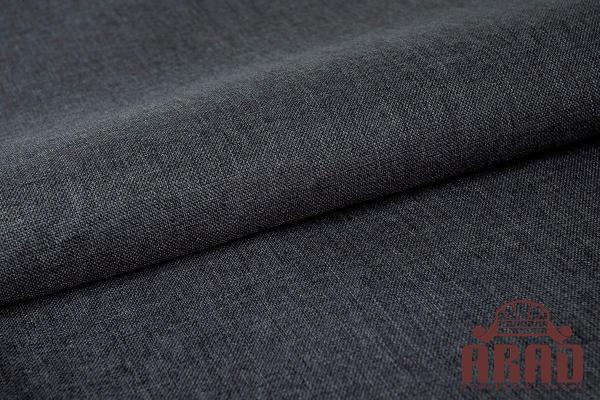

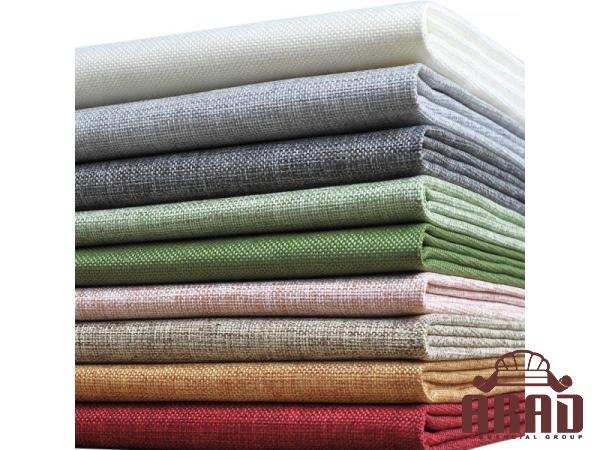
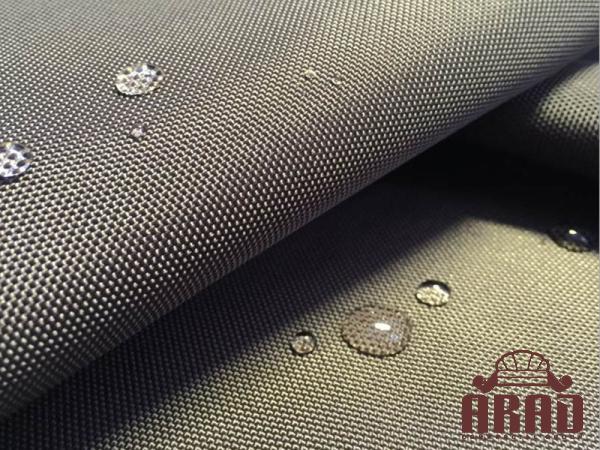
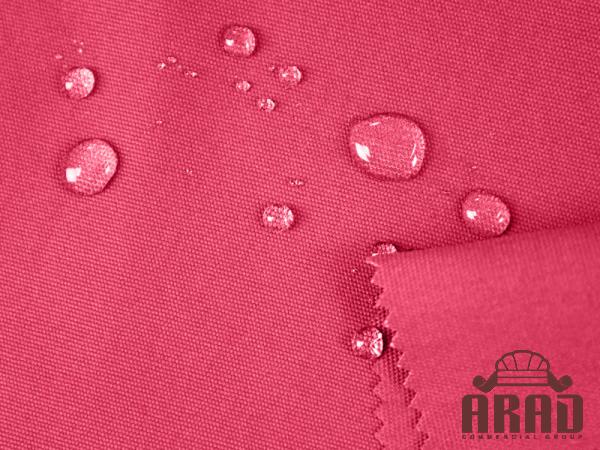
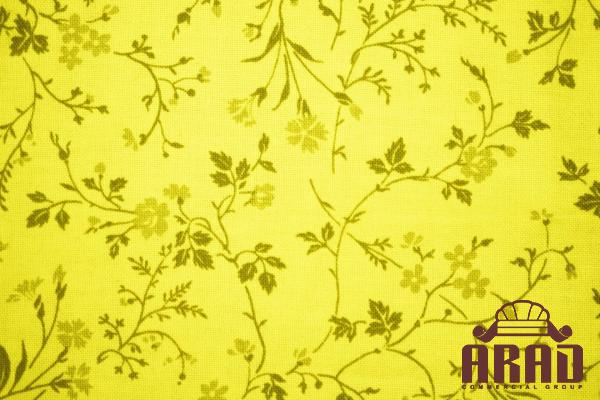
Your comment submitted.